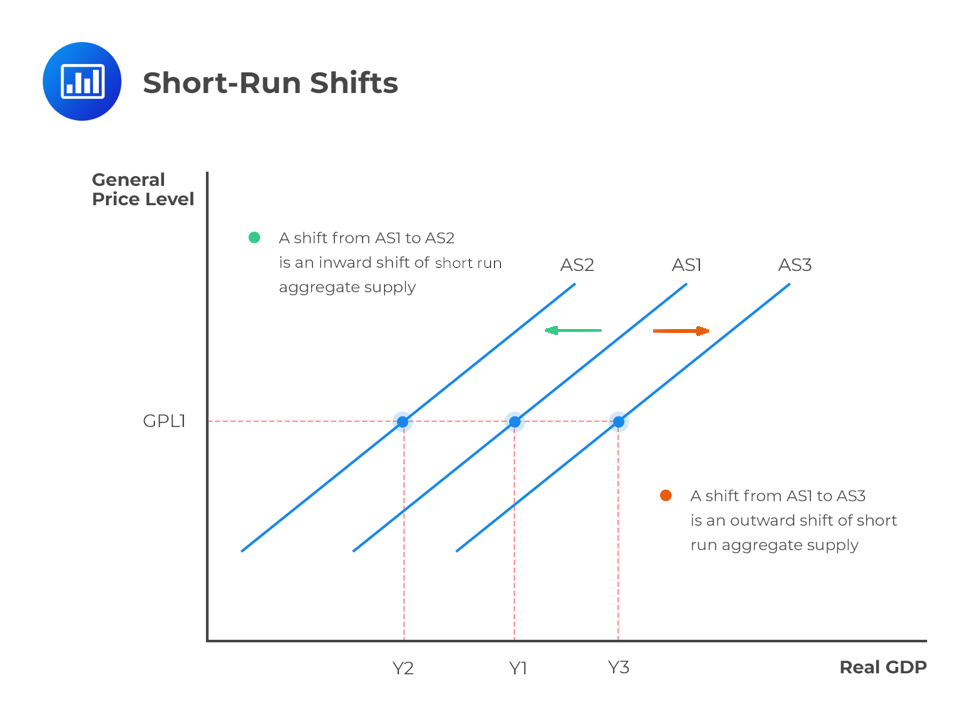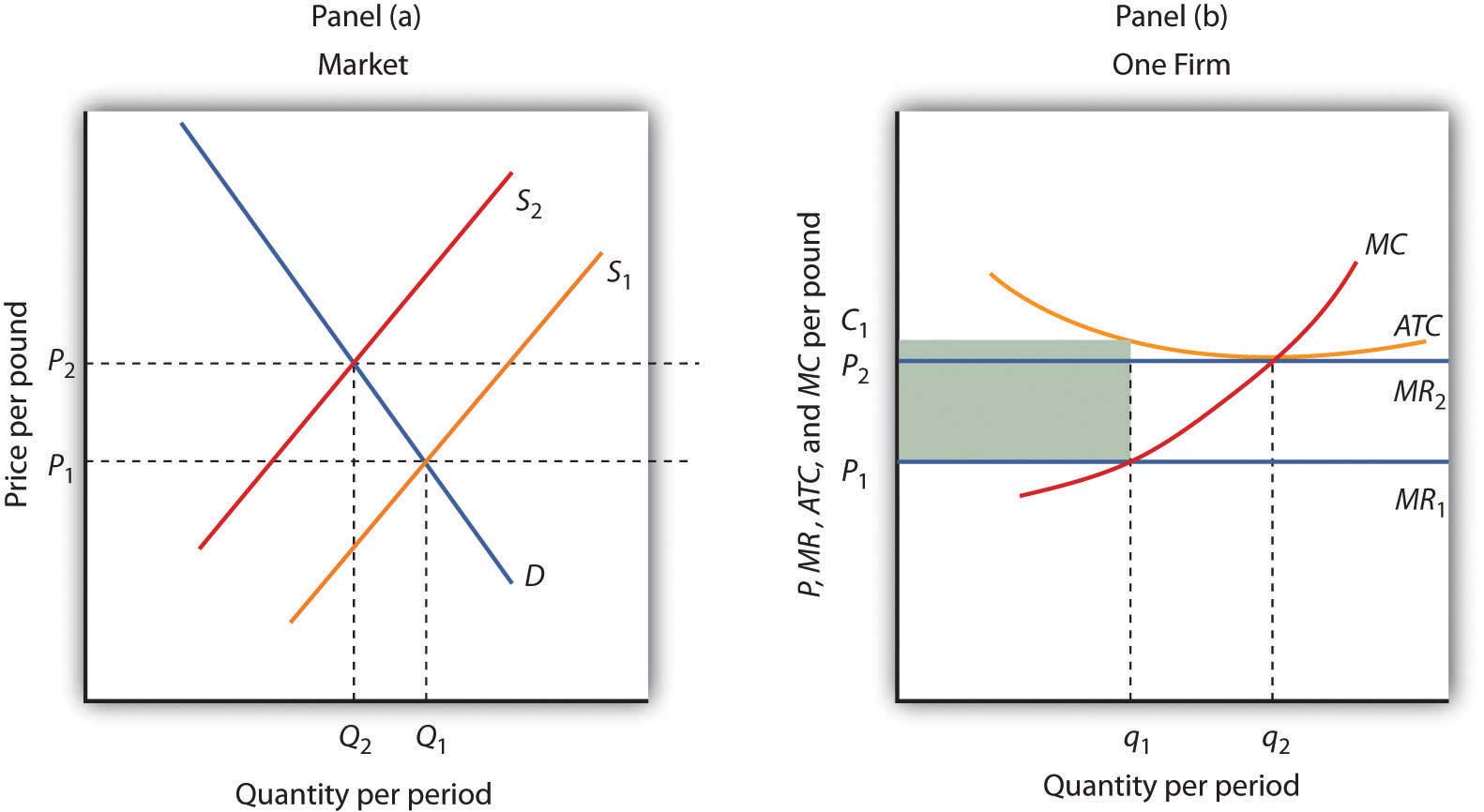

Consequently, "market" prices, or observed prices, tend to gravitate toward their "natural" levels. According to classical political economists like Adam Smith, the "natural" or "average" rates of salaries, profits, and rent tend to become more uniform as a result of competition. (maybe provide some examples of some specific influences?) Įconomic theory has employed the "long-period technique" of analysis to examine how production, distribution, and accumulation take place within a market economy ever since its first appearance in the writings of the 18th-century. Classical political economists, neoclassical economists, Keynesian economists all have slightly different interpretations and explanations as to how short-run and long-run equilibriums are defined, reached, and what factors influence them. However, early in the 1930s, dissatisfaction with a variety of the conclusions of Marshall's original theory led to methods of analysis and introduction of equilibrium notions. Marshall's original introduction of long-run and short-run economics reflected the ‘long-period method’ that was a common analysis used by classical political economists. However, there is no hard and fast definition as to what is classified as "long" or "short" and mostly relies on the economic perspective being taken.

The differentiation between long-run and short-run economic models did not come into practice until 1890, with Alfred Marshall's publication of his work Principles of Economics. 4 Transition from short run to long run.


 0 kommentar(er)
0 kommentar(er)
